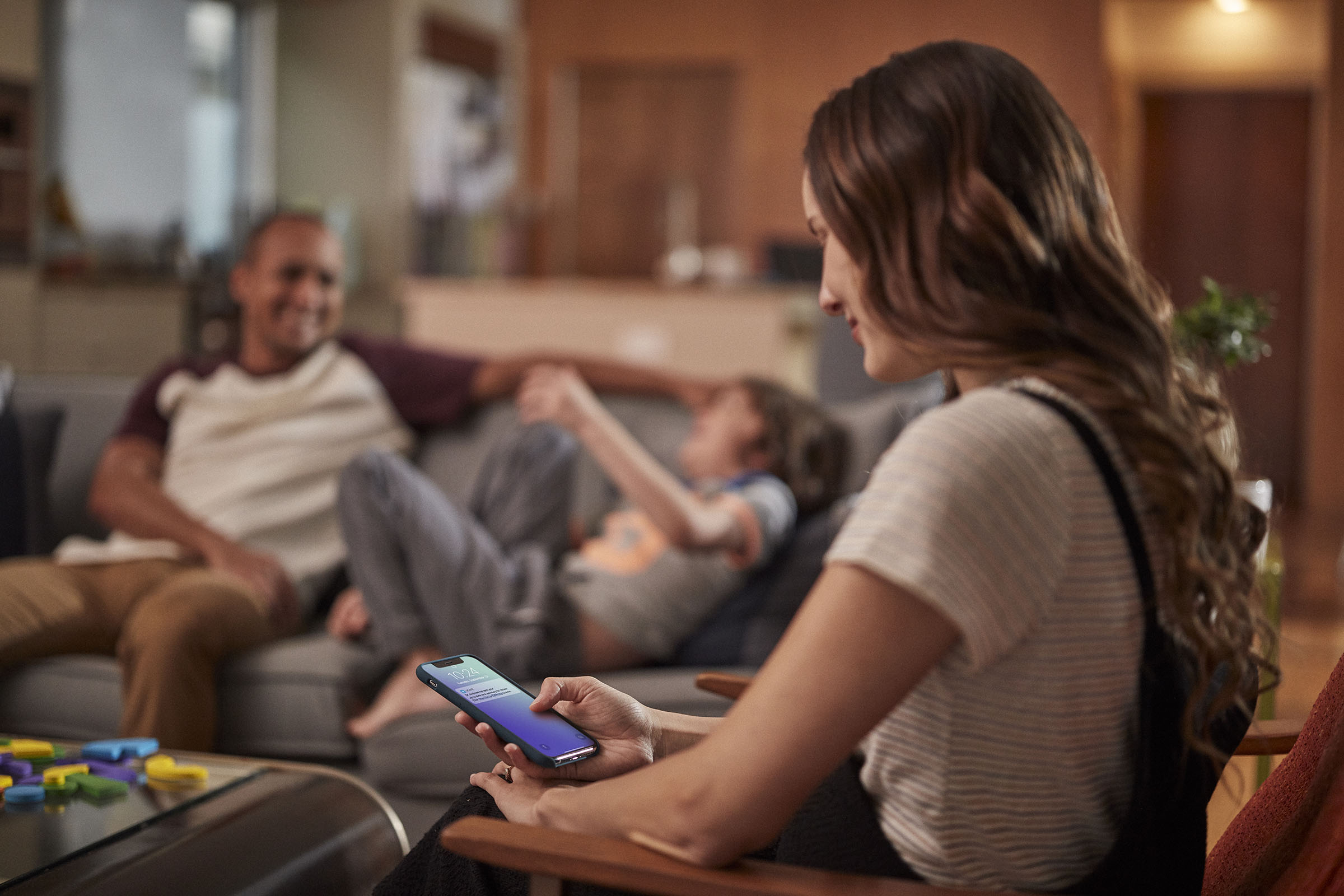During a recent family Thanksgiving, I cut my finger.
My mother advised me to run the cut under cold water to stop the bleeding. My 10-year-old son, meanwhile, asked Alexa what to do.
My mother, son and I all have been patients at some point in our lives. Given our generations, we all have different understandings and expectations of technology, and how to engage with it for healthcare information. The same applies to all patients.
Just as providers’ understanding of patients’ personalities and lifestyles has always been key to effective care, their understanding of how individual patients use technology is key to maintaining relationships with those patients today. Mobile patient-facing solutions are growing in number and scope and can potentially overcome major barriers to patient communication and access. The more technology grows from a portable mobility perspective, the better outcomes there will be for patients overall.
The challenge for providers is knowing what solutions are available, what these do for patients and how they can use them to meet patients at their individual levels of need.
Discovering mobile solutions
There are now thousands of ways providers can connect with patients, and patients can use data, over mobile platforms. As someone who’s supported healthcare technology and its users for decades, I understand how quickly the options and opportunities can change, and how important it is for providers to understand them.
Mobile technologies like patient portals and telehealth platforms, which may already be implemented, constantly offer new possibilities that providers can explore through conversations with their vendors. There are also functions providers can discover independently. The FHIR apps site, for instance, shows multiple applications that help bring data to a central point and display it in ways that are meaningful to patients. All these are compatible with Allscripts solutions.
Provider-patient engagement goes both ways
The most powerful source for providers is patients themselves. By discussing technology with their patients, providers can learn how they use mobile solutions in their daily lives, as well as their comfort level using these for healthcare. Knowing this level of engagement, providers can build the most effective engagement with each patient using the tools available, not only offering the most appropriate solutions to patients but also learning what solutions patients may have found for themselves.
Some patients may be most accustomed receiving healthcare information verbally over the phone, but respond well to infographics showing their health data in their online portals. Others may already find their own mobile healthcare apps or use devices to track their food, exercise, sleep and mood levels. They can work with providers to supplement their patient records with their personal ones. All patients will have unique needs and ideas providers can respond to.
Mobile engagement is personal
Both providers and patients can advocate for themselves and their healthcare. Providers can remain in conversation with their vendors, learning about new solutions that work best for themselves and their patients. Patients can recognize what their technology style is, and be open to engaging with their provider. With so many options available, mobile solutions can serve anyone, regardless of their technology background.
Learn more by listening to Allscripts On Call, our podcast.
About the author:
Bonnie Bordeaux
Bonnie Bordeaux is the Director of Solutions Management at Allscripts. In her 20 years at the company, she has worked with all facets of health IT, from implementations and education to support services. She now leads the vision, strategy and design of the Professional EHR applications. She works in conjunction with the development, marketing and sales teams to deliver a robust EHR to market.
Editor's Note: This article originally appeared on Allscripts' website.


